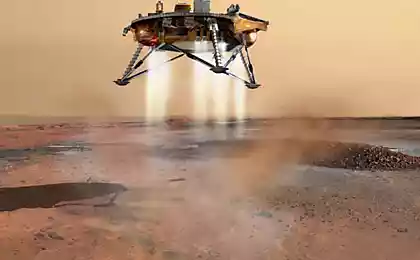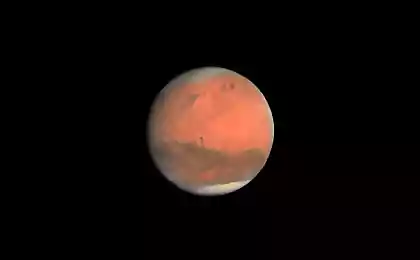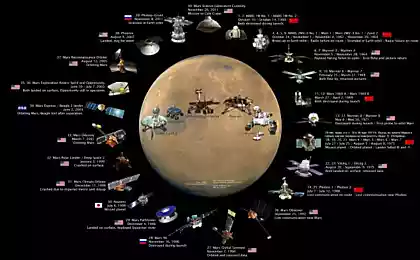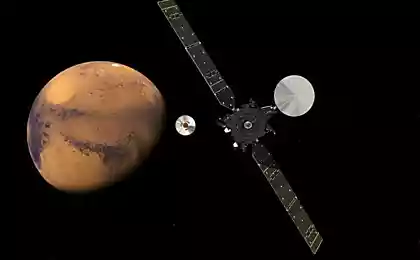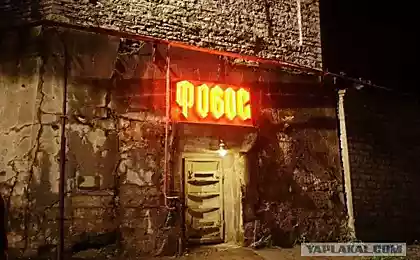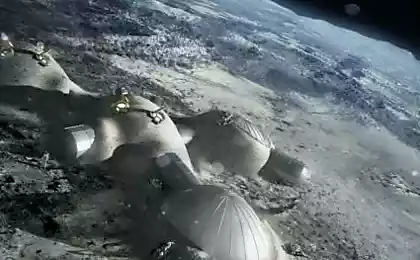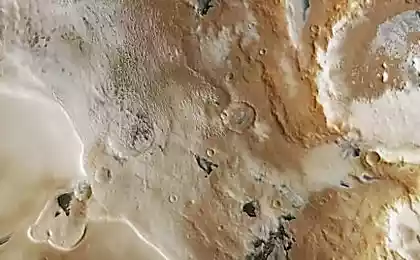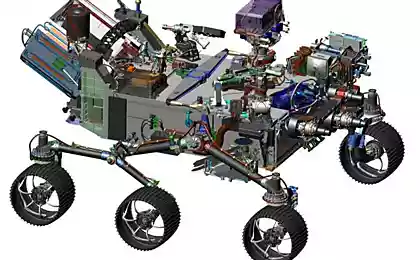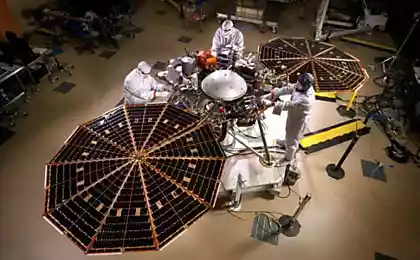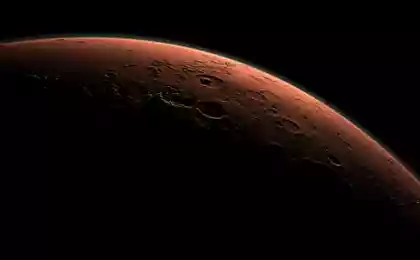541
NASA has approved a new launch date of the Mars InSight

Mars Insight (source: NASA)
In early September, NASA announced approval of the launch date of the Mars InSight on Mars. Full name of the mission, The Interior Exploration using Seismic Investigations, Geodesy and Heat Transport (InSight). Initially the launch was scheduled for March of this year. But due to technical problems with the main scientific instrument of the apparatus of the SEIS, the launch date had to be postponed. The Agency plans to send InSight on the red planet on 5 may 2018. If all goes as planned, the system will descend to the Martian surface on 26 November 2018.
"Our robotic probes, such as InSight, are paving the way to the red planet for humans," said Geoff Yoder [Geoff Yoder], the representative of administration of NASA. Under the plan NASA, the spacecraft needs to work on Mars at least 720 days. The basis for InSight was the construction of a landing probe Phoenix, which has previously worked on the red planet.
NASA has previously presented to several science goals for InSight:
1. The study of the geological evolution of Mars. The red planet belongs to the planets of the terrestrial group of the solar system. The unit will study the internal structure and processes that occur in the thickness of Martian soil;
1.2 Insight will determine the size, composition and state of aggregation of the planet's core;
1.3 Also, the device can receive data about the thickness and the structure of the crust of Mars;
1.4 Mars Insight will determine the composition and structure of the mantle;
1.5 All these data in turn allow us to determine the temperature of the inner layers of Mars.
2. Determination of the level of tectonic activity and frequency of falling of meteorites on the surface of the red planet.
"We believe that the new mission, which will launch in 2018, will allow to accomplish all the goals," says Jim green, Director of planetary science for NASA.
Energy the unit will receive from solar panels, and a number of other Martian machines. To explore the surface of Mars apparatus can not, it is a fixed system, equipped with a drill with a depth of immersion in 6 m. InSight has the following tools:
- Seismic Experiment for Interior Structure (SEIS). This is a seismometer, which will be used for accurate measurements of tectonic activity of the red planet. As mentioned above, the problems with this tool influenced the postponement of the launch vehicle. The tool developed by the national center of space studies of France, with the participation of a number of scientific organizations in this country. The cost of it — $42 million that the tool yet unusable (depressurization), became known in early December last year. Then the representatives of NASA announced that the launch date of the probe is transferred for two years;
- Heat Flow and Physical Properties Package (HP3) — this tool is designed to measure the heat flux over the surface of Mars. The study tool is to drill a well at a depth up to 6 meters. If this goal is achieved, InSight will put the absolute depth record for drilling the surface of an extraterrestrial object. The well is necessary to determine the amount of heat coming from the inner layers of Mars. Developed tool the Germans;
- Rotation and Interior Structure Experiment (RISE) is a high-precision instrument for the experiment on a precise measurement of the oscillations of Mars under the Sun. The data obtained, as scientists believe, will allow us to determine the internal structure of Mars. Developed tool jet propulsion laboratory, NASA;
- The camera that is mounted on the robotic arm system. It will be used for black-and-white shooting of the instruments on Board the spacecraft with the creation of three-dimensional images of the surface. The data obtained will help to determine the optimal location for installation of the SEIS seismometer and heat flow probe. As in the case of Curiosity, this camera will help to make panoramic images of the red Planet;
- A second camera mounted to a bottom surface of the Mars Insight. It will provide additional control over the work of the scientific instruments of the probe.
"The approval of the start date of the Insight probe to Mars, which is great news for us and a unique opportunity to obtain more information about the structural features of the inner layers of Mars. This is one of the main challenges for planetary science," — said Jean-Yves Le Gaulle (Jean-Yves Le Gall, President of the National center of space studies of France (CNES).
Now scientists need time to fix issues with the device that he was fit for the mission. If the experts did not have time, the launch date will again have to carry or else it will be cancelled. The fact that the amount of fuel in the booster can't be more than a certain amount. Window to run open from the 5th to the 30th of may 2018. After this period, Mars and Earth will disperse to a distance that cannot be overcome with the current fuel capacity is designed to run during the may Windows of the trajectory.
In addition to the Insight Mars probe, NASA now is developing vertoletnomu drone is solar-powered. The drone will help to study the features of some regions of the red Planet. The Agency has already built a full-scale model drone and tests.
Source: geektimes.ru/post/280112/


